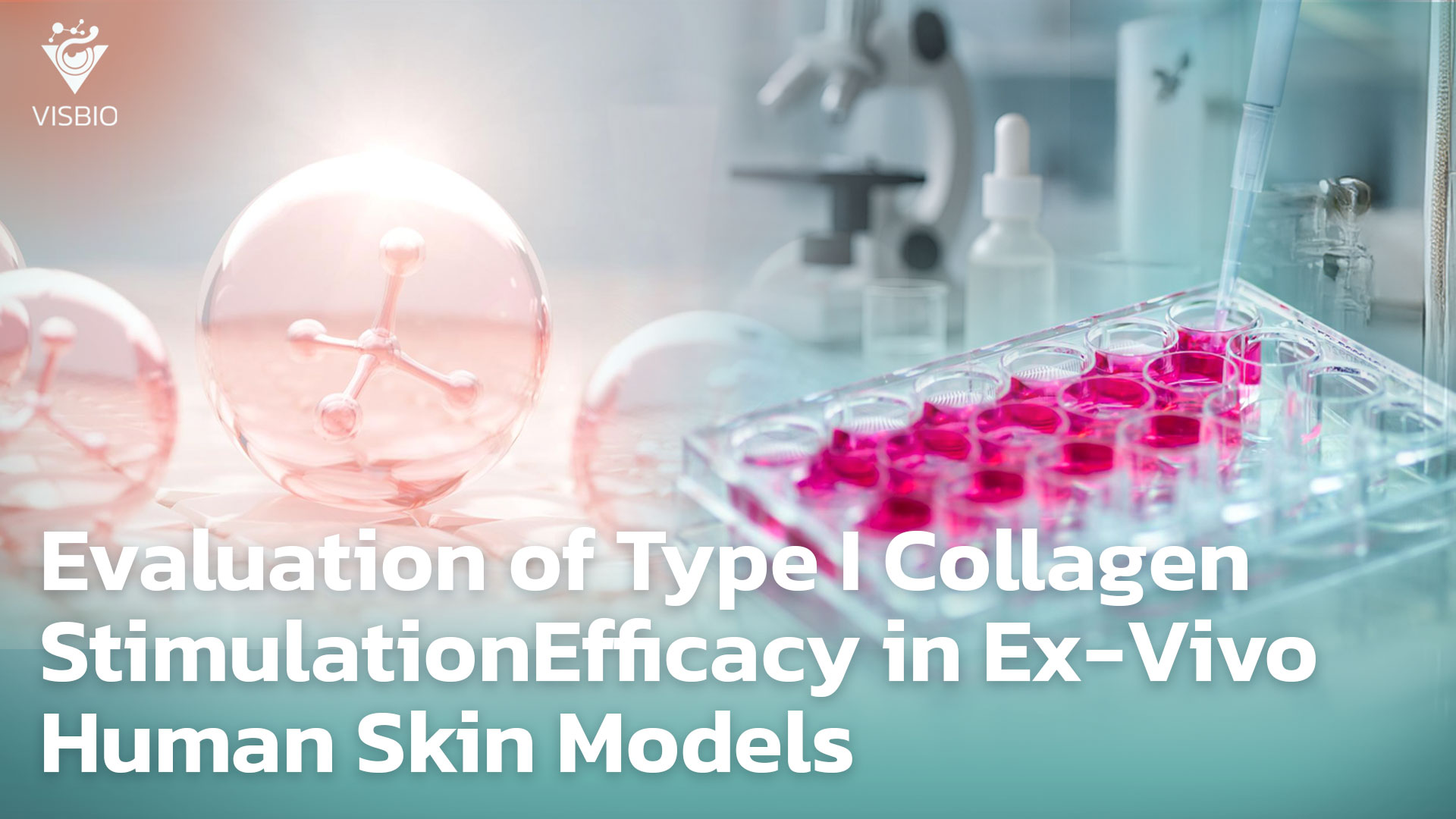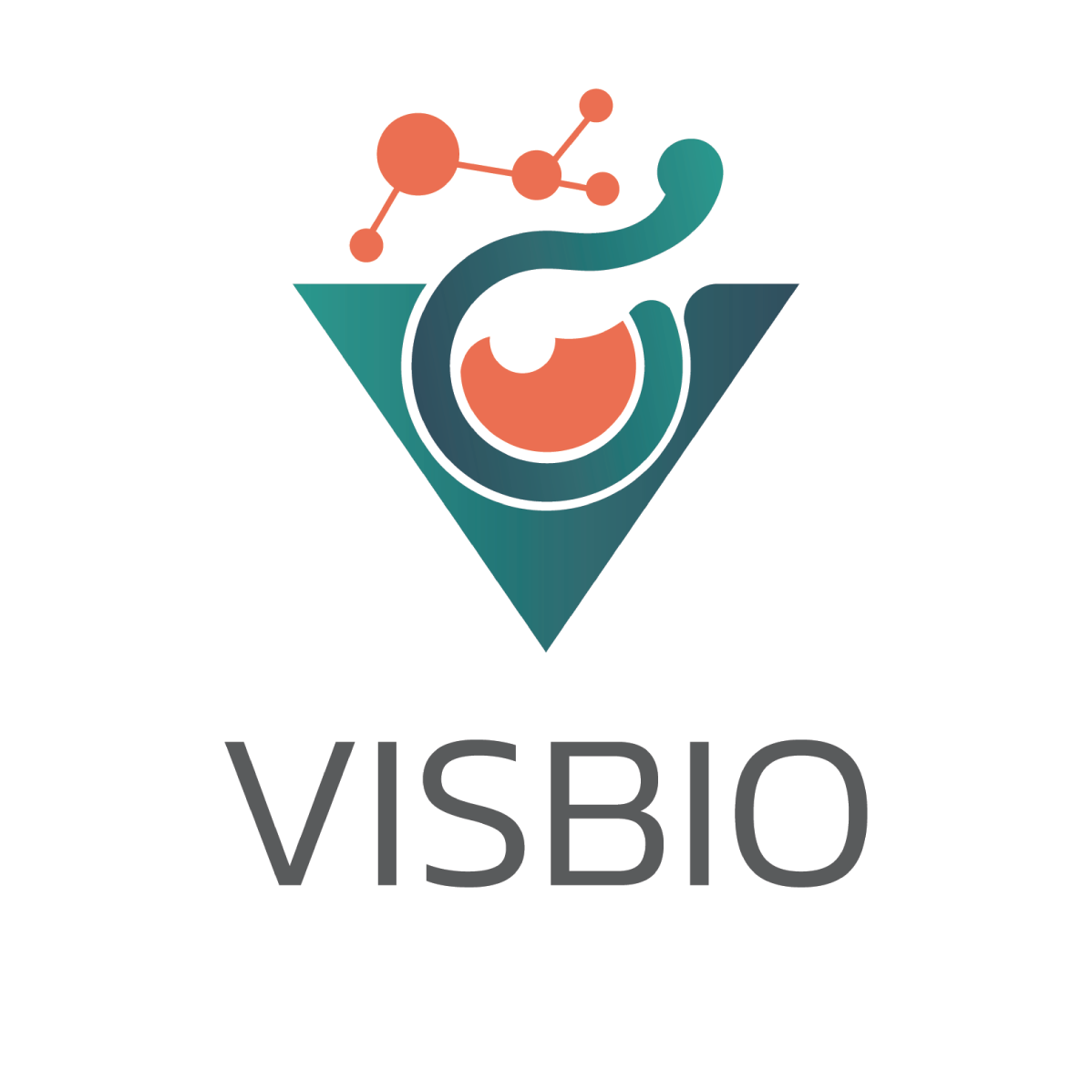
Evaluation of Type I Collagen Stimulation Efficacy in Ex-Vivo Human Skin Models
In the highly competitive skincare product industry, establishing credibility and differentiation is crucial. Ex-Vivo Human Skin Models are recognized as potential tools for developing effective and safe products, particularly in evaluating the stimulation of Type I collagen, a key factor for skin health and youthfulness.
For brand owners, using Ex-Vivo models allows for the presentation of reliable scientific data. Manufacturing facilities can utilize these models to improve product formulations and control quality. Researchers can use Ex-Vivo models to study the effects of active ingredients in an environment closely resembling human skin.
Evaluation of Type I Collagen Stimulation in Ex-Vivo Models
Type I Collagen is the most abundant structural protein in the human dermis and a critical component providing strength, density, and elasticity to the skin. The synthesis of Type I collagen by fibroblasts decreases with age and is further degraded by external factors such as UV radiation and pollution, as well as internal processes like glycation and the increase of Matrix Metalloproteinases (MMPs) which break down collagen. This decrease in Type I collagen is a primary cause of wrinkles, sagging, and loss of skin firmness.
Many topical products have been developed with the aim of stimulating Type I collagen synthesis or reducing collagen degradation. Mechanisms of action may include:
- Signaling via Growth Factors: Certain substances, such as peptides or extracts containing growth factors, can stimulate fibroblasts to increase collagen production.
- Reducing MMP Activity: Some antioxidants or anti-inflammatory substances can inhibit the activity or expression of MMPs, helping to slow the degradation of existing collagen.
- Acting as a Cofactor in Collagen Synthesis: Vitamin C (Ascorbic Acid) is an essential cofactor for enzymes involved in collagen synthesis and cross-linking.
- Improving the Cellular Environment: Substances that provide hydration or improve cell function may indirectly affect collagen synthesis.
Testing the Efficacy of Type I Collagen Stimulation
Our laboratory offers a variety of testing methods. For Ex-Vivo testing, we provide the following services:
1.Staining Methods for Type I Collagen Measurement
Evaluating changes in collagen in Ex-Vivo skin tissue relies on Histological Techniques and Immunohistochemistry/Immunofluorescence techniques to visualize and quantify collagen. Popular staining methods used in these studies include:
- Masson’s Trichrome Staining:
- Principle: This is a polychrome staining method that uses multiple dyes to differentiate various components of connective tissue. Typically, collagen fibers are stained blue or green, cell cytoplasm, muscle, and keratin are stained red, and cell nuclei are stained black or dark blue.
- Application: Commonly used to evaluate the overall density and distribution of collagen fibers in the dermis of Ex-Vivo tissue samples before and after treatment with test substances. An increase in the blue/green area in the dermis indicates increased collagen accumulation or synthesis.
- Immunohistochemistry (IHC) / Immunofluorescence (IF):
- Principle: These techniques rely on the specificity of the reaction between an antigen (target protein, e.g., Type I collagen) and an antibody. A primary antibody specifically binds to Type I collagen. Then, a secondary antibody labeled with an enzyme (for IHC) or a fluorophore (for IF) binds to the primary antibody, allowing visualization of the location and expression of Type I collagen under a microscope.
- Application: Used to measure changes in the expression of the Type I collagen protein specifically after treatment with test substances in Ex-Vivo models. This can provide direct insight into the effect of the substance on the synthesis of the target protein.
2.ELISA (Enzyme-Linked Immunosorbent Assay) Technique for Type I Collagen Measurement
- Measurement of Procollagen Peptides (PICP/PINP): A key principle is the measurement of Procollagen Type I C-peptide (PICP) or N-peptide (PINP) levels in the culture medium using ELISA. These peptides are cleaved from the procollagen molecule during the synthesis of new Type I collagen. Therefore, the levels of these peptides reflect the rate of de novo Type I collagen synthesis by the cells in the tissue. This technique is described as being used in fibroblast cultures and has the potential for use with Ex-Vivo skin models.
- Direct Measurement of Type I Collagen: It is possible to directly measure the amount of mature Type I collagen or procollagen in tissue extracts/homogenates using ELISA. This method provides information on the amount of collagen accumulated in the tissue but requires protein extraction from the tissue beforehand.
Evaluating the Efficacy of Type I Collagen Stimulation in Ex-Vivo Human Skin Models: Suitable Examples
Type I collagen is the main structural protein in the dermis, playing a crucial role in providing strength, elasticity, and firmness to the skin. With increasing age or exposure to damaging factors such as sunlight (which is intense in tropical regions), collagen production decreases and degradation increases, leading to wrinkles and sagging. Stimulating the production of Type I collagen is therefore a significant goal for anti-aging and skin firming products.
Ex-Vivo human skin models are systems that retain the biological properties and structure of human skin, making them highly suitable for studying the effects of various substances on the collagen synthesis process. This testing allows for the evaluation of whether a product or active ingredient can truly increase the production of Type I collagen by skin cells (fibroblasts). This can be measured by the increased amount of collagen protein or collagen precursors (such as Procollagen I).
Examples of suitable products, active ingredients, and topical medicines for this testing include:
1.Products:
- Anti-wrinkle and skin firming products: Creams, serums, or masks focused on restoring skin density and elasticity.
2.Active Ingredients:
- Peptides: Particularly signal peptides that can signal fibroblasts to synthesize more Type I collagen.
- Retinoids: Such as retinol, retinal, or derivatives, which are well-known to stimulate collagen production.
- Vitamin C (Ascorbic Acid) and derivatives: Play a crucial role in the collagen synthesis process.
- Plant/Herbal Extracts: Some contain flavonoid or polyphenol compounds that have shown collagen-stimulating activity in preliminary research.
- Certain Growth Factors: May help stimulate fibroblast activity and collagen synthesis.
3.Topical Medicine
Literature:
- Jones, C. F. E., Di Cio, S., Connelly, J. T., & Gautrot, J. E. (2022). Design of an Integrated Microvascularized Human Skin-on-a-Chip Tissue Equivalent Model. Frontiers in Bioengineering and Biotechnology, 10, 915702.
- Suhail, S., Sardashti, N., Jaiswal, D., Rudraiah, S., Misra, M., Kumbar, S., & Kumar, S. (2019). Engineered Skin Tissue Equivalents for Product Evaluation and Therapeutic Applications. Biotechnol J, 14(7), e1900022.
- Jeong, S., Yoon, S., Kim, S., Kim, J., Park, K., Kim, H., … & Chung, H. (2020). Anti-Wrinkle Benefits of Peptides Complex Stimulating Skin Basement Membrane Proteins Expression. Int J Mol Sci, 21(1), 73.
- Namchantra, K., Wongwanakul, R., & Klinngam, W. (2025). Effects of Culture Medium-Based and Topical Anti-Pollution Treatments on PM-Induced Skin Damage Using a Human Ex Vivo Model. Cosmetics, 12(2), 64.

